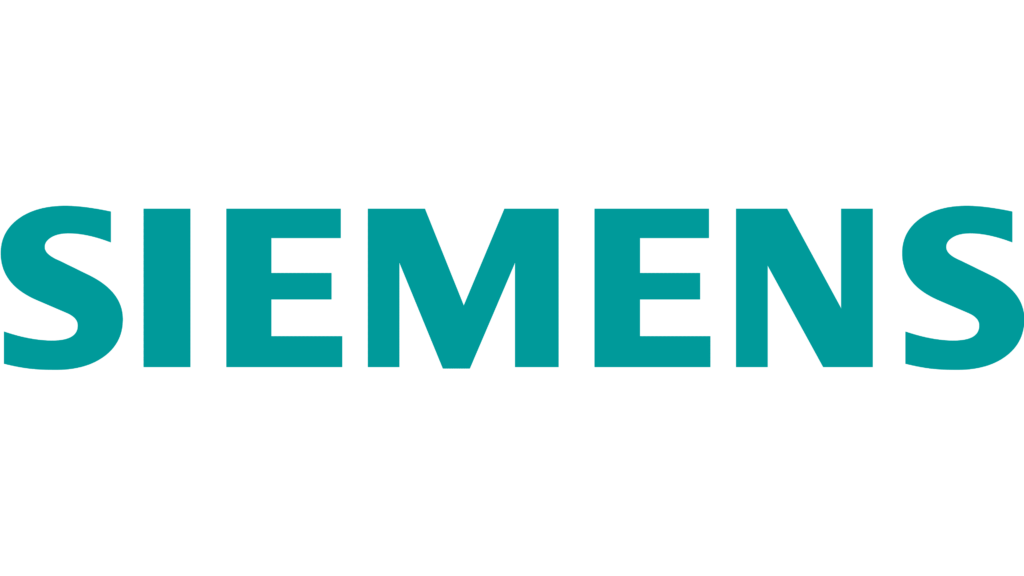Establishing a robust distribution and retail network is vital for business growth, demanding access to modern technology, reliable partners, and skilled employees. However, many MSMEs lack the resources and capabilities to develop and manage such networks, especially across vast geographies like India. Fortunately, specialized retail and distribution solution providers offer a lifeline to these businesses.
According to Sundeep Holani, Co-founder and co-CEO of Channelplay, companies specializing in retail and distribution solutions can deliver turnkey offerings that leverage existing networks and capabilities, enabling MSMEs to expand their reach reliably and with lower risk.
These comprehensive end-to-end sales solutions provide small businesses with a distinct competitive advantage by optimizing the entire value chain—from procurement and inventory management to order fulfillment and final delivery. This optimization enhances operational efficiency, reduces costs, and elevates the overall customer experience.
Aman J Jain, CEO & Co-founder of Doodhvale, highlights the significant advantage of real-time analytics and data-driven demand forecasting embedded within these solutions. This capability minimizes waste, reduces operational expenses, and ensures timely processing, addressing common challenges faced by small businesses. Furthermore, such solutions offer invaluable insights into consumer behavior, purchasing trends, and market dynamics, empowering MSMEs to make informed decisions and customize offerings to outmaneuver larger competitors.
Industry stakeholders emphasize that modern retail solutions enable MSMEs to deliver seamless omnichannel experiences akin to established brands, enhancing efficiency and competitiveness. Raghunandan Saraf, CEO and Founder of Saraf Furniture underscores the efficiency gained by integrating inventory management, order fulfillment, and customer relationship management systems, allowing businesses to respond dynamically and anticipate market trends.
Moreover, by outsourcing non-core activities like logistics and payment processing to trusted partners, MSMEs can focus on essential functions, fostering sustainable growth and market differentiation.
Ankit Agrawal, Director of Mysore Deep Perfumery House (MDPH), highlights the amplified advantages when MSMEs adopt end-to-end retail solutions encompassing merchandise planning, finance, warehousing, and point-of-sale operations. This integrated approach keeps MSMEs updated on critical aspects such as sales, distribution, and product popularity, empowering them to adapt swiftly to market dynamics and gain a competitive edge in the retail landscape.


















